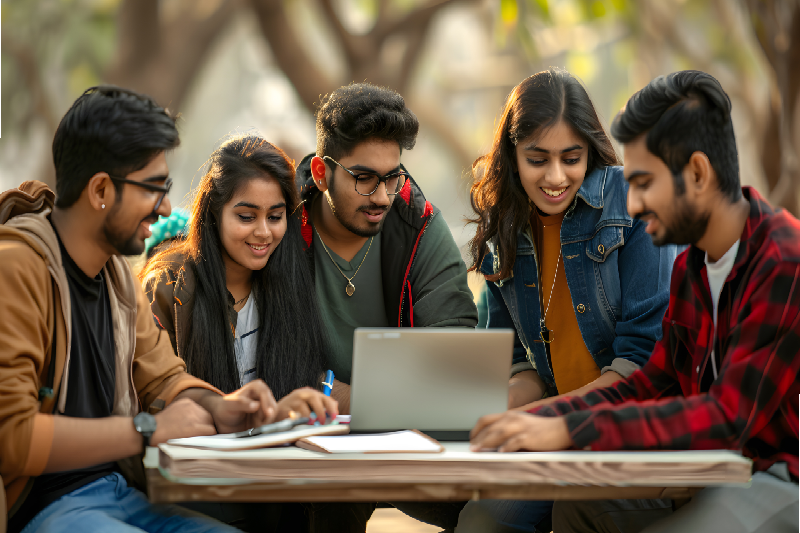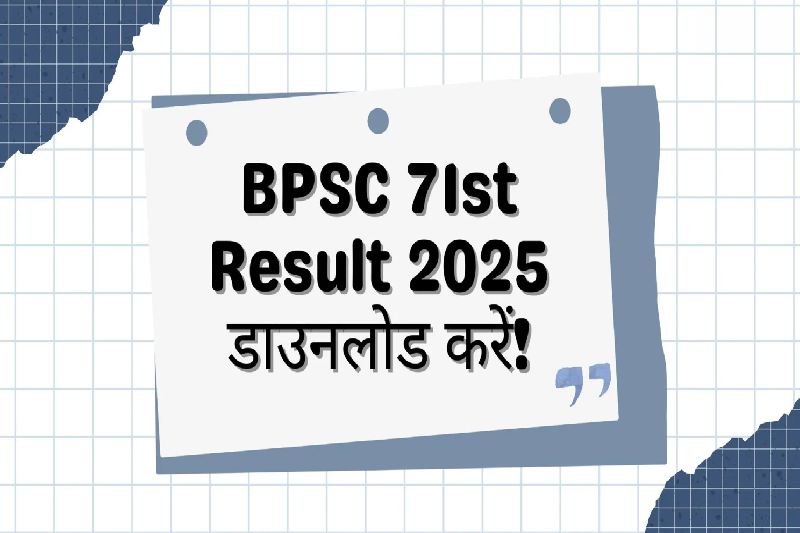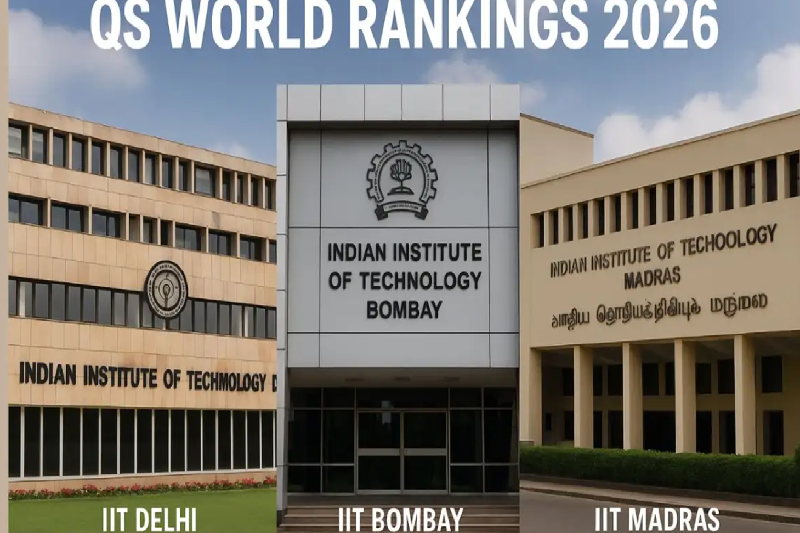
National Engineers’ Day: Celebrating India’s First Women Engineers from CEG, 1944
On National Engineers’ Day, India remembers the trailblazing women who shattered societal barriers and carved a path for future generations in STEM. In 1944, three pioneering women — Ayyalasomayajula Lalitha, P.K. Thressia, and Leelamma George — became the first female engineering graduates from the College of Engineering, Guindy (CEG), Chennai, marking a historic milestone in the country’s educational landscape. Their courage, determination, and relentless pursuit of knowledge laid the foundation for women in engineering, even when societal norms largely restricted women from entering technical fields.
Breaking Barriers: Family Support and Early Challenges
Progressive family support made the possible journeys of Lalitha, Thressia, and Leelamma. Lalitha, a young widow from a Telugu-speaking family in Chennai, was guided by her father, Pappu Subba Rao, a professor of electrical engineering at CEG, who ensured that she received opportunities denied to many women of that era. Similarly, their fathers encouraged Thressia and Leelamma, Syrian Christians from Kerala, to pursue engineering education, even though women were not admitted to engineering colleges in Kerala at the time.
Leelamma initially tried medicine but found the curriculum physically and mentally demanding. Her father, seeking a suitable alternative, approached CEG Principal Dr. K.C. Chacko, a supporter of women’s education, who, after obtaining approvals from higher authorities, opened the doors of CEG to female students. Lalitha enrolled in the four-year electrical engineering program, while Thressia and Leelamma joined the civil engineering program in 1940.
Life at CEG: Overcoming Infrastructure and Social Barriers
Studying in a male-dominated environment presented several hurdles. There were no separate hostels or washrooms for women, compelling Lalitha to stay with her family and the other two to live off-campus. A year after admission, Lalitha and Leelamma penned an essay titled “Eves in Engineering” for the campus publication, highlighting their needs for a women’s hostel and advocating equal recognition in technical education.
Their essay emphasized:
“Only when women take their due and honoured place along with men in the engineering profession can the country march with clasped hands towards permanent national reconstruction and regeneration.”
This work outlined infrastructural needs and underscored the broader societal vision of women’s rightful place in engineering.
Graduation and Early Career
Originally a four-year course, the World War II emergency led CEG authorities to shorten it to three-and-a-half years to meet the urgent demand for engineers. Leelamma graduated with distinction in 1943, ranking among the top three in her batch. Thressia and Leelamma returned to Kerala to lead engineering projects, while Lalitha completed additional practical training at the Jamalpur Railway Workshop before earning her degree in 1944.
Lalitha began her professional journey as an engineering assistant at the Central Standards Organization of India (CSOI), Shimla, balancing career and motherhood with support from her family. She later cleared the graduateship exam from the Institution of Electrical Engineers (IEE), London, further solidifying her credentials in the global engineering community.
Professional Achievements and International Recognition
Lalitha’s career spanned multiple prestigious roles. She worked with Associated Electrical Industries (AEI) in Calcutta, contributing significantly to transmission line projects and the electrical generators for the Bhakra Nangal Dam, India’s largest dam at the time. Internationally, she was elected as an associate member of the Council of the Institution of Electrical Engineers (CIEE), London, 1953, and became a full member by 1966.
One of her notable contributions was representing India at the first International Conference of Women Engineers and Scientists (WES) in New York, 1964, a platform promoting global women’s participation in STEM. She later served as India’s representative for the second WES conference in Cambridge, England 1967, facilitating the involvement of five Indian women engineers. Lalitha’s presence on these global platforms symbolized India’s growing recognition in the international engineering community.
Mentorship, Family, and Personal Interests
Lalitha’s influence extended beyond professional accomplishments. She encouraged her daughter, Syamala, to pursue science and actively engage in sports like tennis and swimming, instilling a holistic approach to learning and personal development. Syamala recalls that her mother provided discipline and nurturing guidance, shaping her academic and personal growth.
Despite a demanding career, Lalitha maintained her love for music and sports, particularly South Indian Carnatic music, and actively supported her daughter’s extracurricular pursuits. This balance of professional excellence and personal mentorship reflects the multidimensional legacy she left for future generations.
Legacy and Impact
The achievements of Lalitha, Thressia, and Leelamma laid a strong foundation for women in STEM, breaking stereotypes and challenging societal norms. Their perseverance opened doors for countless women in India to pursue careers in engineering, architecture, and technology. Lalitha’s role as a pioneer, educator, and mentor remains a testament to the impact of determination, family support, and mentorship in shaping women leaders in STEM.
Today, as India celebrates National Engineers’ Day, these three trailblazers are remembered not just for their historic degrees, but for inspiring generations of women engineers who continue to contribute to the country’s scientific and technological progress. Lalitha’s story, in particular, demonstrates that professional excellence can coexist with personal responsibilities, mentorship, and a passion for holistic development.


